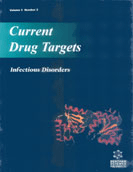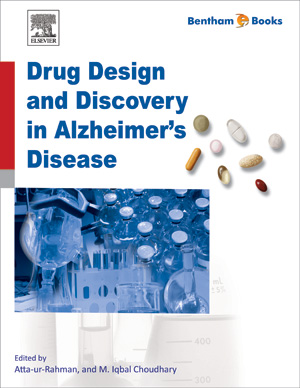Abstract
Developing medicines for hemodynamic disorders that are characteristic of cirrhosis of the liver is a relevant problem in modern hepatology. The increase in hepatic vascular resistance to portal blood flow and subsequent hyperdynamic circulation underlie portal hypertension (PH) and promote its progression, despite the formation of portosystemic collaterals. Angiogenesis and vascular bed restructurization play an important role in PH pathogenesis as well. In this regard, strategic directions in the therapy for PH in cirrhosis include selectively decreasing hepatic vascular resistance while preserving or increasing portal blood flow, and correcting hyperdynamic circulation and pathological angiogenesis. The aim of this review is to describe the mechanisms of angiogenesis in PH, methods for studying angiogenesis in experimental research, and the perspectives of antiangiogenic therapy. Although most angiogenesis inhibitors were studied only in animal experiments, this selective therapy for abnormally growing newly formed vessels is pathogenetically reasonable to treat PH and associated complications.
Keywords: Angiogenesis, Antiangiogenic Therapy, Liver Cirrhosis, Portal Hypertension, Pathogenesis, Vascular Remodeling.






















